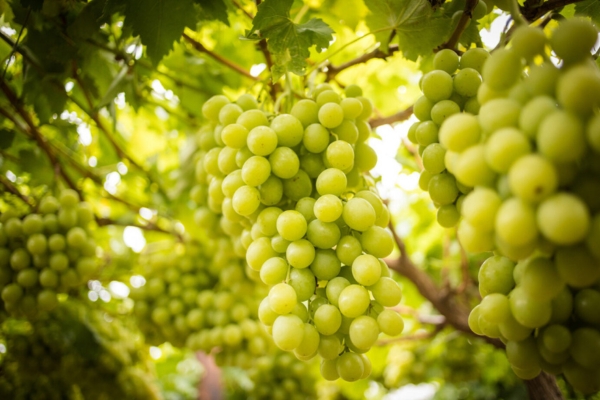Persistent reminders in my Inbox from a well-known tech giant that I need to upgrade my phone reminded me of the constant pressure that we as consumers endure to upgrade to the latest, shiniest thing. And with that came a natural question; is it so much better, and do I really need it?

Another such example is Viti-Wet Spreader-sticker for use in vines, orchards, vegetables, and ornamental sprays from DKSH Agrisolutions, when compared to more recent adjuvant products.
Australian agricultural media is awash with information about new wetting agents which, due to them containing more than one (anionic, cationic, or non-ionic) surfactant type, have broad claims about being suitable for use with herbicides, as well as insecticide, fungicide or nutrient sprays.All the hype around these new adjuvants is often based on overseas data and features that are not entirely relevant to Australian producers.
Not all adjuvants are the same, and it is advisable to read the fine print on the label. Rather than being blinded by everything a product can do, also give some thought to what it won’t do. It pays to read the Restraint section on the product label for clues about what its limitations are.
Let’s use the example of a dual purpose anionic/non-ionic adjuvant product to illustrate. Anionic surfactants have some broad characteristics; they have a negative charge and are also commonly found in household cleaning products and detergents. They are effective at removing grease and oil, an attribute that is conducive to its use with herbicides for improved uptake of the active ingredient through the epicuticular wax layer of the leaf to give quick and complete control of weeds. This attribute, however, is a double-edged sword that may result in higher risk of crop damage on soft, sensitive fruits. There is added risk in a heavy fungal year when a leaf cuticle compromised by an aggressive surfactant promotes re-infection by the fungus.
So, for this product of this description it would be advisable to ensure that it is safe to use when there is fruit on the tree or vine, for soft-skinned, sensitive varieties in particular. Consult the restraint section of the product label for detailed recommendations in this regard. Since an aggressive adjuvant could potentially also change the behavior of an otherwise benign mix partner, also give some consideration to compatibility aspects.
By contrast, Viti-Wet Spreader-sticker, is a 100 per cent (pc) non-ionic surfactant. These have no electrical charge, are known for their mildness and are commonly also found in personal care, food processing and pharmaceutical products.
Its high (100 pc w/v = 1000 g/L) active ingredient loading means that very small amounts are required to be effective in situations that require very low surfactant rates in high water volume applications. It is low-foaming, and designed for use with fungicide, insecticide, and herbicide sprays.
Viti-Wet does not contain any solvents and does not have any restraints with regards to non-application to fruiting crops. It can be applied to vines, trees, orchards, and ornamentals even when fruiting, provided the chemical/s it is mixed with doesn’t damage the fruit either. It will not cause injury to tender foliage.
Following bunch closure in grapes, it will be important to use an adjuvant that best penetrates the bunch while doing the least damage to the berry wax cover that helps to protect the fruit against fungal infection.
That is why Viti-Wet is the “softer wetter, better spreader”. There is no equivalent product available in Australia.
This article was written by DKSH Agrisolutions for Seasons magazine.
Please note: this article contains information of a general nature, and does not take into account your personal objectives, situation or needs. Before acting on any information, you should consider the appropriateness of the information provided, and seek advice on whether it is fit for your circumstances.